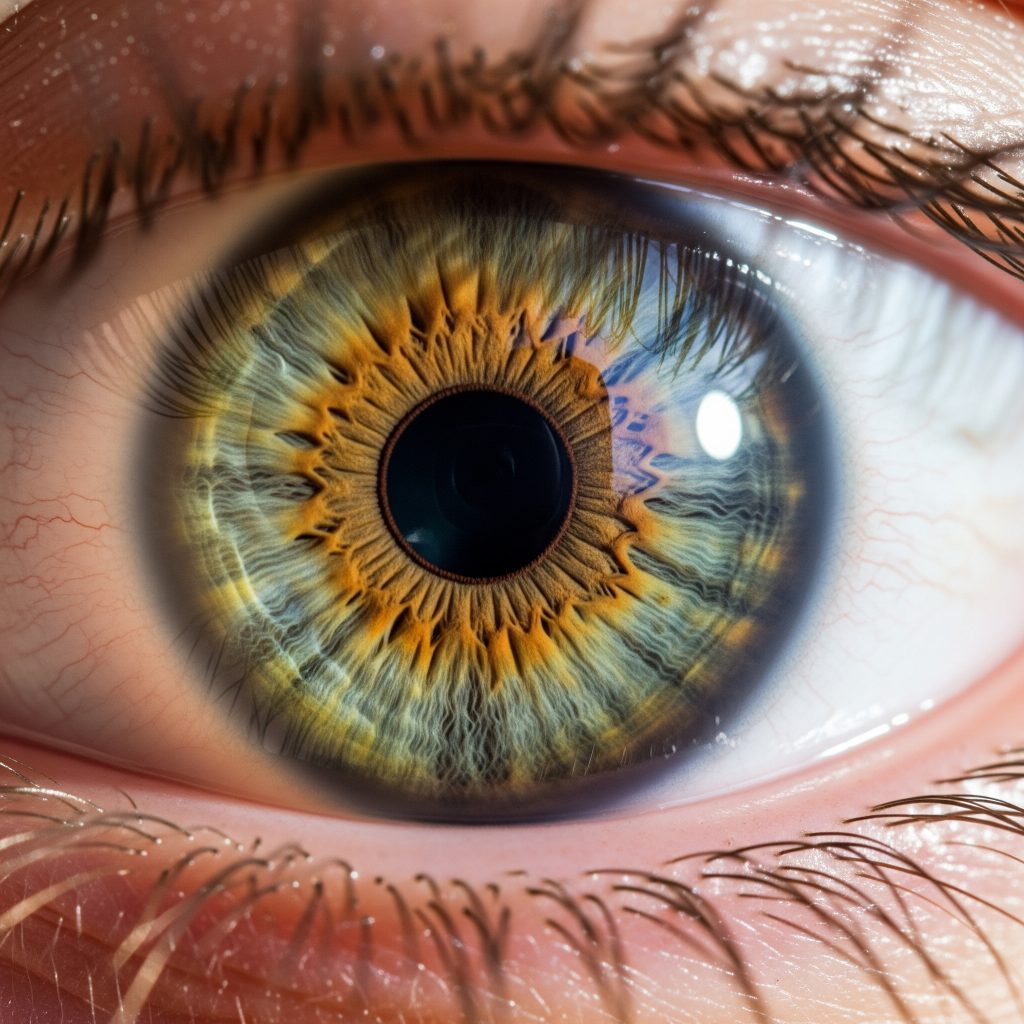
Many people mistakenly equate “20/20 vision” with perfect eyesight. In reality, 20/20 simply means you can see clearly at 20 feet what a person with normal vision should be able to see at that distance. It measures just one aspect distance visual acuity and doesn’t reflect the full complexity of how your eyes process the world.
Visual clarity involves much more than just how sharp your sight is. Elements such as eye focusing speed, depth perception, peripheral vision, eye coordination, and color differentiation are all critical to functional vision and overall visual comfort. Even someone with 20/20 acuity may experience difficulties if these components are compromised.
Contrary to popular belief, you can indeed see better than 20/20 if conditions such as good genetics and healthy visual development allow. For example, scores like 20/15 or 20/10 indicate sharper-than-average vision. However, this is still not “perfect” vision it simply exceeds typical distance clarity.
Similarly, having 20/20 vision does not rule out the need for glasses. Near-vision problems like farsightedness, or issues in dynamic visual tasks like reading, focusing, or tracking, aren’t captured by distance acuity testing. That means even someone with 20/20 vision might still benefit from correction or intervention tailored to these areas.
School vision screenings often only assess distance acuity and may miss broader visual concerns impacting tasks like classroom learning or sports. Up to 25% of school-aged children experience some form of vision difficulty that screenings can overlook. That’s why comprehensive eye exams are essential to evaluate both clarity and functional visual skills.
Ultimately, true visual health is a nuanced orchestration of clarity, coordination, focus, and perception. Booking regular eye exams ensures both your eye structure and your visual performance are assessed thoroughly so you can maintain comfortable, clear, and functional vision across all daily activities.